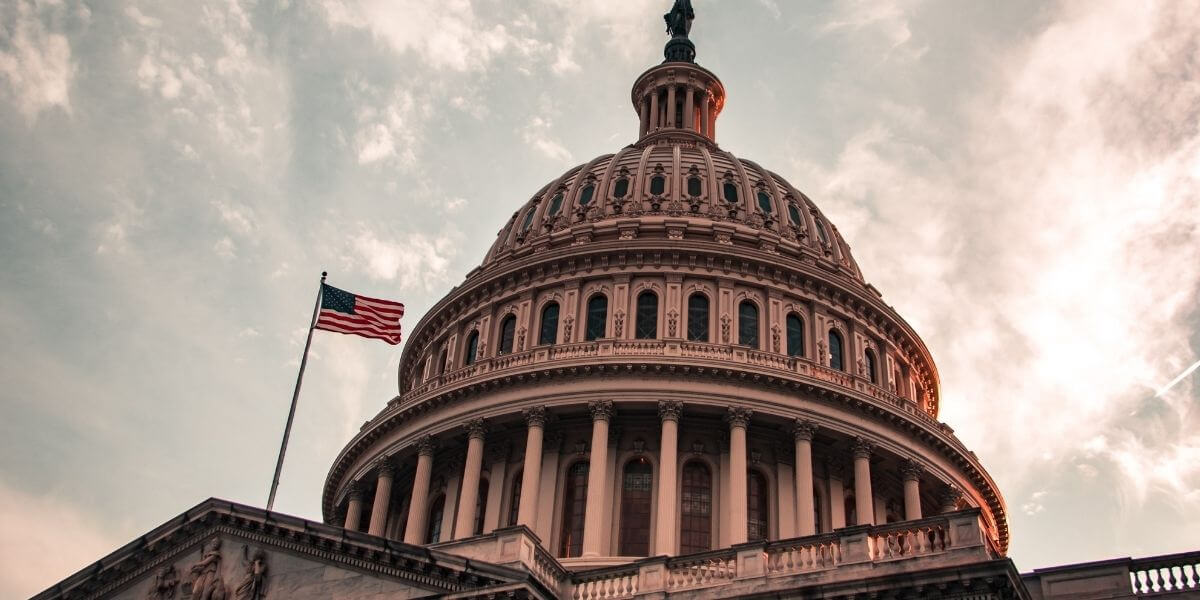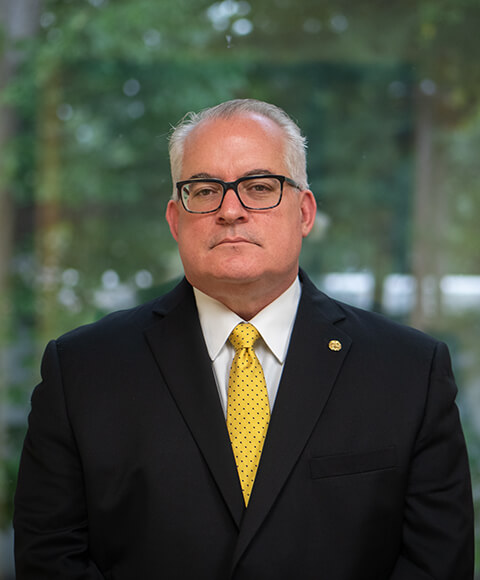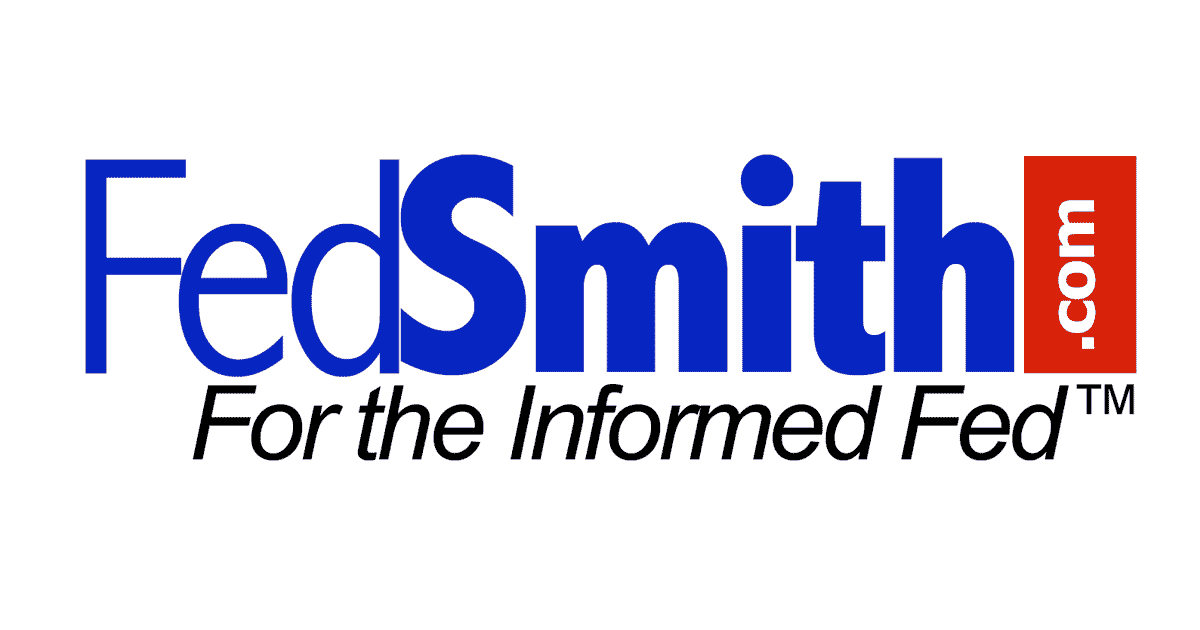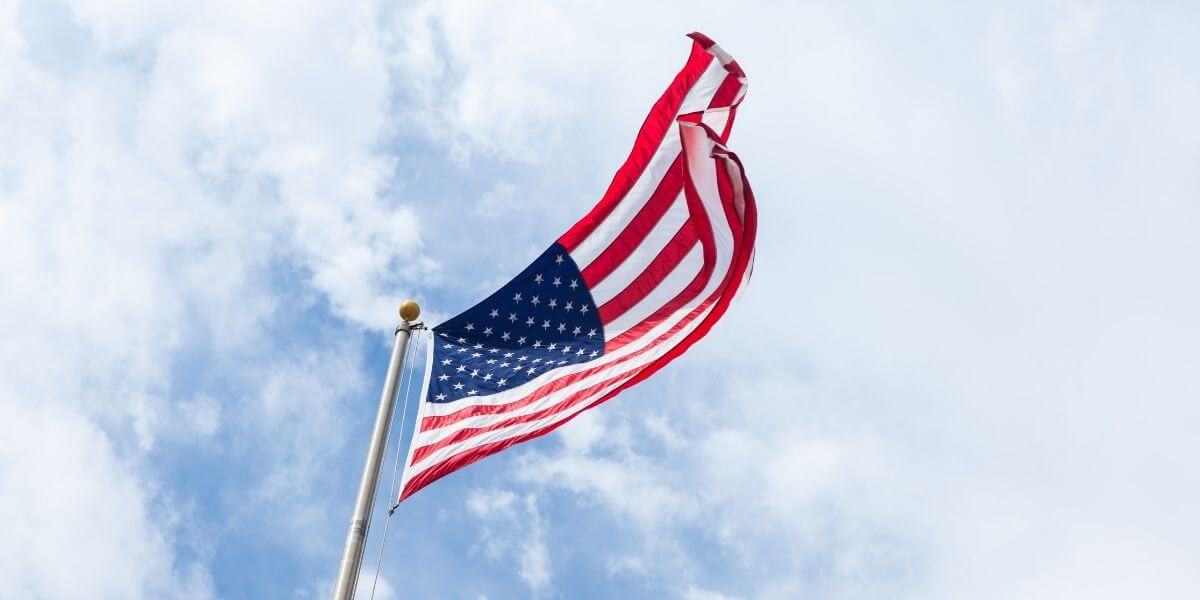Not all security clearance concerns are equal. When a large volume of agency Statement of Reasons passes through your office, you begin to recognize trends. Guideline E, Personal Conduct and Guideline J, Criminal Conduct are the jokers of the card deck, often added to underscore character issues and augment guidelines of greater subject-matter specificity. Guideline A, Allegiance to the United States is rarely invoked but has seen a revival following the January 6th attack on the Capitol. The prevalence of bad debt and drug use among Americans broadly makes Guidelines F, Financial Considerations and Guideline H, Drug Use very common in security reviews. Some guidelines show class or generational distinctions. Guideline G, Alcohol Consumption tends to affect older and lower-ranking Federal employees, reflecting possible generational and class differences on drinking. Conversely, Guideline M, Misuse of Information Systems tends to entrap younger employees, as older Feds struggle to access copyrighted material, let alone download the same.
Then there are the two very specific guidelines, Guideline K, Mishandling of Protected Information and Guideline L, Outside Activities. Of the 180 or so Statement of Reasons responses authored by one of this article’s authors, Daniel Meyer, since 2018, only one contained a Guideline L, Outside Activities concern. Mr. Meyer has advised many more employees on reporting Guideline L issues under Security Executive Agent Directive (SEAD) 3. But actual Guideline L Statement of Reasons are rare. Guideline K, Mishandling Protected Information is more common, arising in about seven of Mr. Meyer’s cases since 2018. That makes Outside Activities the second rarest guideline to appear in Statement of Reasons; system-wide throughout the Executive branch, the category ranks right behind Allegiance to the United States. And for good reason: most national security and defense cadre do not straddle the line between what is “inside” and what is “outside” the circle of trust. If you are receiving classified information, your reporting criteria becomes much more consequential at the Top Secret level and in the rarified world of the 17 Intelligence Community Elements. If you join the CIA your life will have to change. Maybe you can still teach Sunday school, but bar-hopping embassy socials on Massachusetts Avenue is a bad idea.
When those holding eligibility for access to classified information do straddle that line, they run the risk of being investigated by the Office of Security’s sense of what is safe. Security typically becomes concerned when there is a lesser conduct issue compounded by the special circumstances presented by, for instance, overt duties and responsibilities including access to open-source media. Those facing Guideline L reporting requirements should seek additional guidance from their supervisor regarding the special concerns presented by being at the liminal edge of the circle of trust. Without a sufficiently prescribed process by the Office of Security, the Federal government runs the risk of having employees delineate their respective private and professional roles in a manner they think appropriate, which can lead to mistakes.
What animating principles do we see in Guideline L, Outside Activities analysis? First, we look for a conflict of interest with an individual’s security responsibilities that could create an increased risk of unauthorized disclosure of classified information. That is, does the outside activity involve the types of knowledge or data which are classified in the individual’s employment context? Adjudicators look for an applicant’s demonstrated loyalties and dedicated commitments to protecting U.S. security interests. This will outweigh any potential conflicts an applicant could confront while holding a security clearance. Once the conflict is identified, termination of the relationship is a strong mitigating factor. For those with academic ties to Enemies of the State, a common-sense analysis dictates that public and routine speaking engagements are functionally equivalent to a foreign entity purchasing a book, curriculum, taped lecture series, or online course. Publicly available information does not present a security concern. Additionally, if the outside activities are at the behest of the United States Government, mitigation is complete.
As with all security questions, the well-studied cadre, contractor or service member clearance holder is safest in the circle of trust. Being studied-up on the Guidelines is the best way to stay in good graces with Security. Guideline L does afford some latitude, but it is a latitude clearance holders create in their own affairs. Relying on your cubicle mate’s interpretation of the Guidelines or rumors of why a co-worker was let go is not the same as being studied up on the guidelines. Outside activities will lead to security reviews. Take positive control of your security status—your career may depend one day depend on it.
Dan Meyer, Managing Partner of Tully Rinckey PLLC’s Washington, D.C. office, has dedicated more than 25 years of service to the field of Federal Employment and National Security law as both a practicing attorney and federal investigator and senior executive. He is a lead in advocating for service members, Federal civilian employees, and contractors as they fight to retain their credentialing, suitability and security clearances. He can be reached at (202) 787-1900 or at info@tullylegal.com.
Evan Ulman is a Legal Assistant at Tully Rinckey PLLC’s Washington, D.C. office. He is an honors graduate of Political Science from the University of Washington, Seattle. He contributed to the research and writing of this article.








